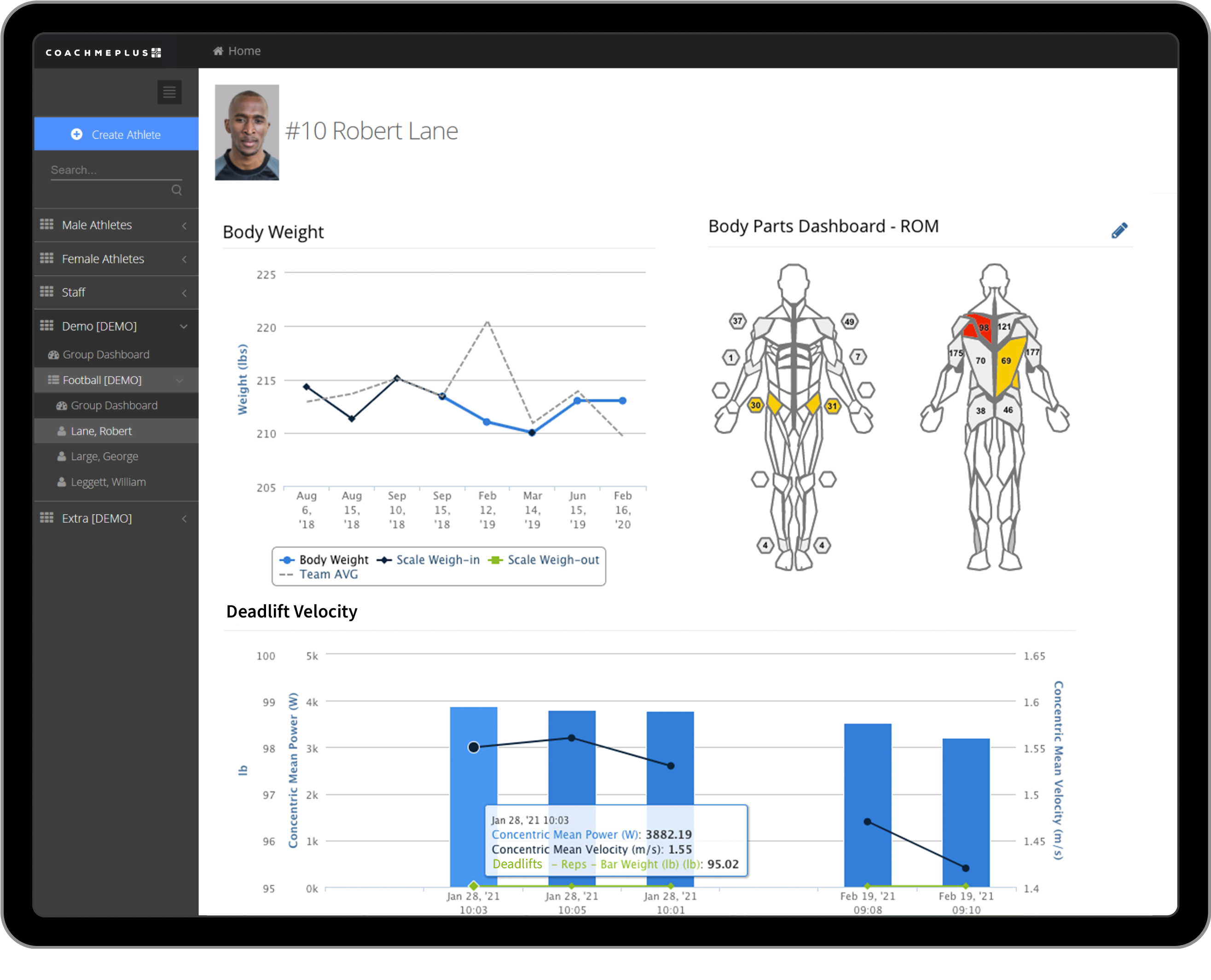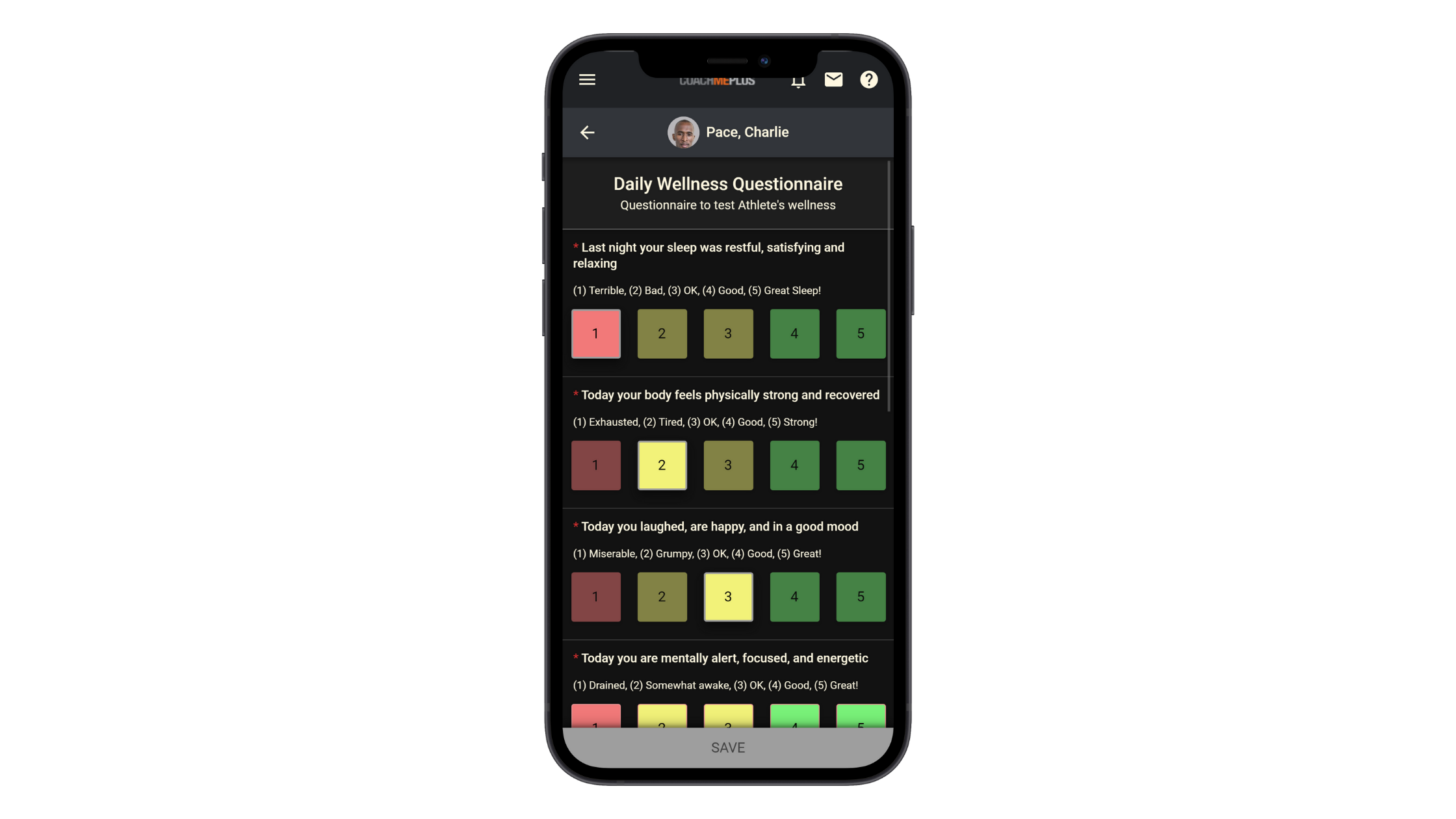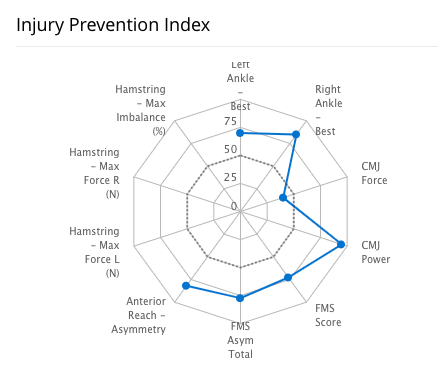
It is important to assess both objective and subjective measures when returning an athlete to full participation in their sport following an injury. Objective measures from tests give us data to determine limb symmetry, while subjective measures are primarily gathered by watching the athlete go through sport-specific movements, looking for hitches and abnormalities.
One should not rely solely on one kind of measure as each type has its limitations. Objective measures are executed in a controlled environment and only include basic movements. The ability to transfer those objective measures into a sport-specific workout/test that can be subjectively viewed by a knowledgeable sport-performance/medicine individual is just as important. An athlete can seem ready to return from an objective standpoint, but if they are not comfortable with certain movements or exercises in real-life application then we would be putting them at a disadvantage for a successful return to play.

Objective Measures
Some objective measures we check before returning athletes to play are limb girth symmetry, range of motion, force plate data, one-leg hop testing, and single limb strength testing.
Limb Girth & Range of Motion
The easiest, and probably most accurate, measures we can take is girth and range of motion. Simply take the measurements of a body part (after swelling of an injury has dissipated) at multiple points of a limb and compare them bilaterally. Do the same through passive and active range of motions in each limb. This will uncover any deficits in muscle mass and range of motion that need to be addressed.
Force Plates
Force plates are a tool that can look at multiple data points like force, load (concentric/eccentric) and ground contact time when determining the readiness of an athlete to return to play. Utilizing a two-leg jump test and comparing the data between limbs equips us to analyze whether the athlete is favoring one side versus having symmetric results. We can then assess what kind of lifts/movements would help the athlete with any deficits moving forward. If there is a discrepancy between sides, the athlete must complete corrective exercises before they can progress to large-type lifts and exercises.
Hop & Strength Tests
Single leg hop and strength testing gives us measurable data to look at specific exercises to which we can again compare bilaterally. An athlete will perform reps to failure from a single-leg leg press on a Pro-Shuttle at 70-75% RM with the unaffected leg, and then repeat on the affected limb. 1-leg hop testing is done for time and distance, and with a lateral component, then it is compared bilaterally. Address limitations and deficits through exercise prescription and repeated trials.
As we run objective testing, we are looking for bilateral symmetry of at least 92-94% before we return an athlete to full participation. If an athlete produces results below the desired percentage, they will focus on improving these metrics before moving forward. Exercises will be specific to an athlete’s particular needs, whether that be increased strength, hypertrophy, range of motion, and/or jump distances.

Subjective Testing
Subjective checkpoints, though not measurable, can illuminate details about the athlete’s condition that objective data will not. Putting an athlete through a functional test or workout will give us an idea of how comfortable the athlete is with running, jumping, cutting, throwing, and sport-specific movements. For instance, is the athlete jumping as high off both legs? Are they taking more time cutting to one side versus the other? Are they driving their hips the same when sprinting?
A functional test can include but not be limited to straight-ahead running, side shuffle, change of speed, deceleration, single-leg bounding, and change of direction exercises to name a few. When the basic movements have been mastered, functional tests then shift to sport-specific drills or exercises (e.g. one-leg lay-up for a basketball player). Any hitches or abnormalities observed should be addressed with corrective exercises and/or therapeutic rehab techniques.
Example: If you notice an athlete is not jumping as high off their left leg when performing skip jumps or lay-ups, single-leg jumps performed on a force plate will work to correct the abnormality and also provide feedback to the athlete.
Putting an athlete through controlled and repeated functional tests/workouts will allow them to:
- Work on movements/techniques they are struggling to perform, and
- Gain the necessary confidence in performing those movements needed to play their sport.

Discussion
When returning an athlete to their sport, it is important to look at both objective and subjective measures of their performance with specific exercises before determining their readiness for full participation. This should be done on a continual and regular basis to make sure athletes are making progress to a successful return to sport. If you smoke a brisket for 8 hours, are you going to light the fire, walk away and assume the temperature is going to remain constant for that long? No. Timely tests and checkpoints must be achieved before an athlete is to progress to their next goal. To continually add exercises or drills before hitting their marks can put that athlete, not only at a disadvantage, but at risk for further injury.
Creating a functional workout based on the deficits/limitations uncovered through objective measures will help return the athlete to play in a safer environment, and allow the athlete to gain confidence during their progression. For example, if you notice an athlete coming back from an ACL reconstruction is collapsing their knee into a varus position during a single-leg press (objective test), a functional workout should include a controlled eccentric load forcing the athlete to control their knee flexion (shallow 1-leg depth jump).
Only after the objective goals and subjective checkpoints are met are we confident that our athletes are ready to return to play.

Start Training Today
CoachMePlus allows you to to collect the data you need and connect with athletes like never before to make the return to play process as easy as possible.

Recent Comments